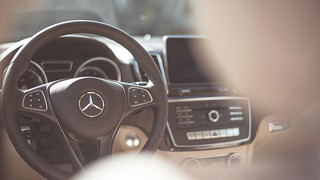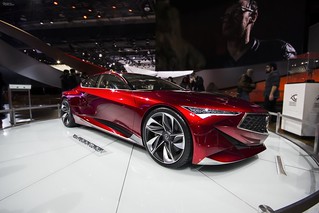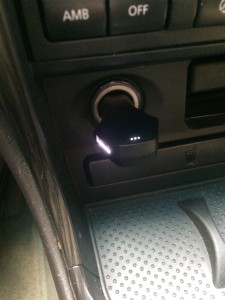
You know, I really don’t want to drive anymore. I used to love it, as a teenager drag racing my hunk of junk hand-me-down Saab like it was a souped up ’69 Mustang, I had a lot of fun behind the wheel. But now that I’m older, I really just want to get from point B to point A, safely, quickly, with the least amount of distractions. With the introduction of ride sharing services like Uber, autonomous drive technology, and better public transit in many places, driving is sort of becoming a pastime, rather than a necessity. I never thought I would say this, but I’m all for it. I would love to just plop down in my car, check the news, prepare for work, learn a new language, and boom, be at point B, without looking up from my iPhone.
American drivers spend an average of more than 17,600 minutes behind the wheel each year, according to a new survey. -AAA Foundation for Traffic Safety
Let’s get out my calculator here. That is about 48 minutes a day that we spend concentrating, worrying, stressing, and reacting to whatever the road throws our way. I never really noticed how much I don’t want to be driving until one day I was chauffeuring my wife and father in law, in my father in law’s car, through a busy, foreign super metropolis.
Which bring me to the Volkwagon I.D., VW’s first foray into the electric vehicle market. The car has an expected release date in 2020 and has specs that seem pretty optimistic right now. It will be an affordable all-electric hatchback priced at about $30,000. The range, 375 miles per charge, is truly astounding at that price point. The I.D. has a 168 HP electric motor which is pretty strong for the small hatchback that it is and the instant torque that electric motors are capable of. The I.D. will be equipped with hardware for autonomous driving called I.D. pilot mode. But VW says the full-autopilot feature won’t be completely ready until 2025.
The I.D. represents that fact that major manufacturers are starting to take innovative automotive seriously. So it is great to hear that VW has finally loosened it’s grip on the diesel passenger car, and is making an effort to participate in the all-electric drive market. But something tells me that they might be late to the autonomous drive market by 2025, with many major players like Uber, Hyundai, Tesla and more already putting autonomous vehicles on asphalt.
The Volkswagen I.D. is an exciting prospect as and affordable everyday electric driver with autonomous capability. Let’s hope it won’t be too late for VW to take advantage of of revolutionary transportation technology will be moving very fast before 2025.






